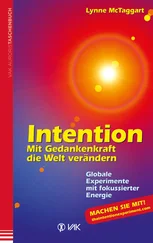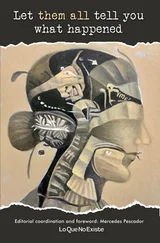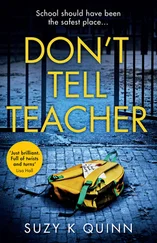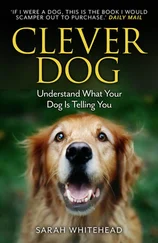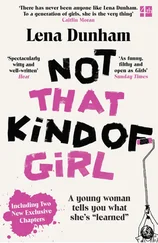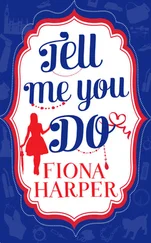Bob sent tremors through the very foundation of my belief system. I had been a product of the post-war American baby boom, the Kennedy New Frontier, brought up to regard American science and technology as the saviours of mankind. As a teenager I had believed in the principles of Lyndon Johnson’s American dream. Most of the big problems of mankind – racism, poverty, illness – could be eliminated by social engineering and science, there in the best country in the world.
In my own journalism, when I began examining some of the social ‘goods’ that medical science engages in – such as ‘breakthroughs’ like the Pill – I came to realize that at times they amounted to a great deal of dangerous meddling. But it wasn’t until I began to investigate my own health problems that the prescience of Mendelsohn’s views really came home.
Once I got better (which took, all told, a year), I became drawn in my freelance work to medicine. I began studying the professional literature in medical libraries and learned how to read medical studies. I followed around exhausted junior doctors working a standard 84-hour shift in a special baby unit, to get a taste for the extreme conditions which young doctors had to endure (and the kind of questionable care their patients would receive under these conditions).
In time I began to feel I’d walked through the looking glass. Nothing in my university training prepared me for the peculiar, often tortured logic of medical studies. Treatments had been adopted with little or no scientific basis in fact. Studies which cast doubt on a drug’s effectiveness were nevertheless applauded as evidence of success. Many of the gravest, sloppy mistakes in study design had been overlooked. Studies clearly showed that certain drugs cause cancer, yet here were top scientists dancing all around the numbers to avoid acknowledging the obvious. Medicine’s own scientific literature offered overwhelming evidence that some of it not only didn’t work, but was highly dangerous. This was not a ‘science’. This was a belief system so fixed, so inherent, that any truth to the contrary was dismissed as virtual blasphemy.
Fired by the missionary zeal of the newly converted, at some point I became extremely boring on the subject. Probably out of desperation, my then new partner (now my husband), Bryan, suggested that I start a newsletter about the true risks of medical practices – so I didn’t have to tell him anymore, but could tell the world.
At the time, we didn’t expect that this newsletter, which we planned to call What Doctors Don’t Tell You , would be much more than a hobby. I was pregnant by that time, and we thought it might be a way for me to stay home with our child and make a modest living.
From the outset, after our launch at the 1989 Here’s Health show, people showed keen interest in subscribing. By then I had assembled an advisory panel of 25 top doctors, chosen because they themselves had blown the whistle on unproven medical practice or pioneered less invasive medical procedures. Although we rarely advertised during the first year, the newsletter seemed propelled forward by its own steam and the zealous faith of our initial subscribers; by the end of that first year we had somehow managed to accumulate 1,000 readers, and now we have many thousands of loyal subscribers in Britain, the United States, and all over the world.
Outrage is now the passion that powers the newsletter – as well as this book. I am livid every time I open my post. Each morning I wade through piles of letters containing heart-rending stories of personal catastrophe – children who have been killed, or husbands and wives mutilated or incapacitated through medicine. Whenever we study their cases we usually discover that the dangers of the treatments given to them were well known. Their doctors just hadn’t bothered communicating this vital information to them.
The problem is, by the time they write to us, it is too late.
I have written this book because I don’t want you to be another statistic in my morning post. I do not promise you a comfortable read. Many of the facts in this book are likely to unsettle you. You may learn that much of what your doctor tells you isn’t true. But that is my intention. I want to help you to become a more informed medical consumer by determining when you actually need your doctor and when his advice is best ignored. I want to save you from unnecessary treatments and dangerous cures, from ‘preventive just-in-case medicine’ that will leave you damaged even before you’ve actually become ill. Besides being alerted to the hazards of many accepted practices, you’ll also find many proven, safe alternatives for diagnosing, preventing or treating many illnesses. I want to help you to learn not to be a ‘good’ patient. Good patients, the kind who blindly follow orders instead of demanding answers, sometimes die.
The following pages will open up to you the trade secrets of what has been largely a closed shop. You’ll have a chance to listen to the private conversation that medicine conducts with itself. And, once you discover just how much hokum resides in your doctor’s medicine cupboard, just how much medicine relies on blind faith, received wisdom and selective facts, not reason, science or common sense, you can grab the power away from this false shaman and begin to take back control of your health.
PART I MEDICINE’S FALSE SCIENCE
1 The Un-science of Modern Medicine
It’s comforting in life to have certainties. One of the cosiest of certainties we’ve grown up with is that modern medicine works miracles and doctors cure diseases. In the stories we tell ourselves, Dr Kildare, Marcus Welby, Dr Finlay, clad in symbolically pure white, engage in the business, all day, every day, of saving lives. And even though more people die in our modern-day equivalents like ER and Casualty , those doctors in the emergency room still have gadgets capable of raising the dead.
Our greatest certainty about medicine is that it is a lofty and reputable science, arrived at by scientists in laboratories by exhaustive testing and review. We proudly point to the fact that science has progressed and triumphed over chaos and darkness, over the time when doctors didn’t even know that they had to wash their hands.
Since the Second World War, and the discovery of the two great miracle drugs of this century – penicillin and cortisone – medicine has indeed worked miracles. People who would have died from hormone-related deficiencies such as Addison’s disease, and life-threatening infections such as pneumonia or meningitis, can now recover easily and return to normal lives. Most of the great medical discoveries – painless surgery, antiseptic hospital environments, x-rays – only discovered in the last century, have given us in the West the best emergency medicine in the world. If you have an unforeseen heart attack, an operable brain tumour, a near fatal car accident, an emergency in childbirth, then Western medicine, with its array of space-age gadgetry, is without parallel for sorting you out. If a building ever falls on me, I’d like all the very latest in Western gee-whizz technology to put me back together. Indeed, if it hadn’t been for 20th-century drugs, my mother would have died in her early twenties and I never would have been born.
It was also these discoveries during the Second World War, ending abruptly with the ultimate scientific discovery, the atomic bomb, which left us with a great expectancy about science. The aftermath of victory was also the dawning of the scientific age of medicine. Science had helped us to conquer our human enemies. Now it would do battle with our microscopic ones. We were beginning to conquer space; it wouldn’t be very long, as Life magazine promised my generation in America, before we conquered disease.
Читать дальше
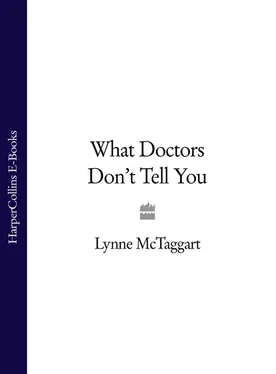
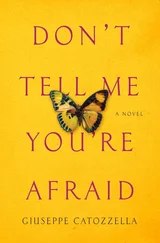

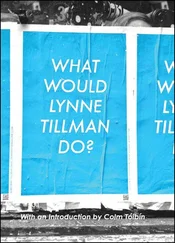
![Ally Carter - [Gallagher Girls 01] I'd Tell You I Love You But Then I'd Have to Kill You](/books/262179/ally-carter-gallagher-girls-01-i-d-tell-you-i-lo-thumb.webp)
